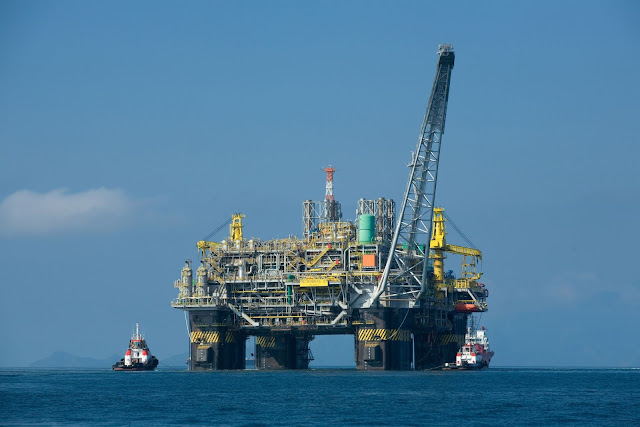How To Build A Submarine Cable Network For Off-Shore Businesses
Creating a Submarine Cable Network is the only way for your company to connect a marine outpost to the land. Your structures could be hundreds or even thousands of miles from land, and only a submarine can lay the cables in the right place. If you were unaware of how this process works, you must consult with a company that can send a submarine with a fiber optic cable to your off-shore platform. The fiber optic connection that you have created must be maintained using these cables, but you cannot simply drop the cables to the ocean floor. This is a job best left to a professional.
What Sort of Company Do You Manage?
Your company may plan to build an oil rig, gas rig, science lab, or another off-shore platform that works without a mainland staff. The people on that platform could not be connected to the rest of the world if they did not have these cables. Your company must collect data or transmit data every day, and you need a connection that will move fast enough to be efficient. A real cable connection will always be faster than anything that is remote, and ordering these cables requires that you work with professionals.
They Send A Submarine
A Subsea Installation Engineer uses a submarine to lay the cables on the ocean floor in places that are very safe. These engineers must plot a course for your installation that will take the cable from your mainland offices to another location that could be hundreds of miles out to sea. The submarine is lowered to the bottom of the ocean to ensure that the cables rest in safe places. You have invested in very strong cables that were selected for this job by your engineer.
Underwater Cables
Cables selected for the job are chosen by your engineer to avoid corrosion and damage at extreme depths. There are many ridges and rock formations underwater that could damage a cable if the currents shaft the cables too much. Plus, the cables need to have lain in places where they cannot be whipped about by current that move everything else on the ocean floor. If the cable is damaged or compromised, a submarine is sent back to the damaged area for maintenance.repairs.
Regular Maintenance
You have created an expectation among your staff members that they will always have a voice and Internet connection on the platform. These cables must be checked by a maintenance submarine that can survey the lines quickly. The lines are monitored by a mainland office that checks their speed and status. The cables were mapped so that you know where they are, and the map is used to find any damaged sections. The submarines move quickly to repair the damage before the connection is interrupted, and regular maintenance is built into the price that you pay your subsea engineer.
Fiber Optic Cables Are More Reliable
Fiber optic cables that are lain underwater are far more reliable than any remote connection that relies on wireless devices. Someone who is hundreds of miles out to sea will feel more comfortable knowing that you have connected them to the mainland using fiber optic cables. Plus, you get a much faster transmission of data that is not dependent on satellite positions or solar flares. Your company must ensure the safety of your seafaring staff, and you can order a new installation when you are ready to set up a new platform. The cables are mapped, installed, and maintained by expert engineers who built these connections with the strongest cables, the best installation practices, and proper maintenance.



Comments
Post a Comment